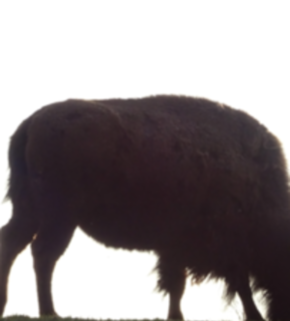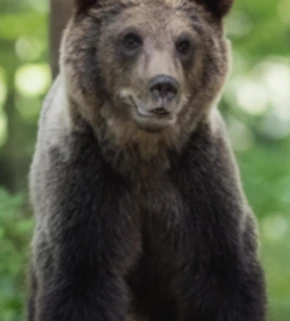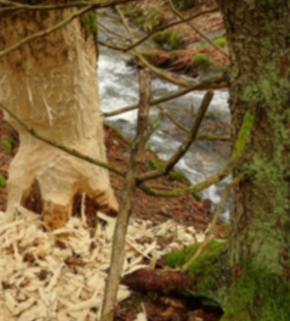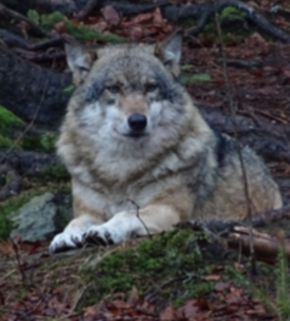Best Practice Knowledge Base
8. Restoration of Key Species
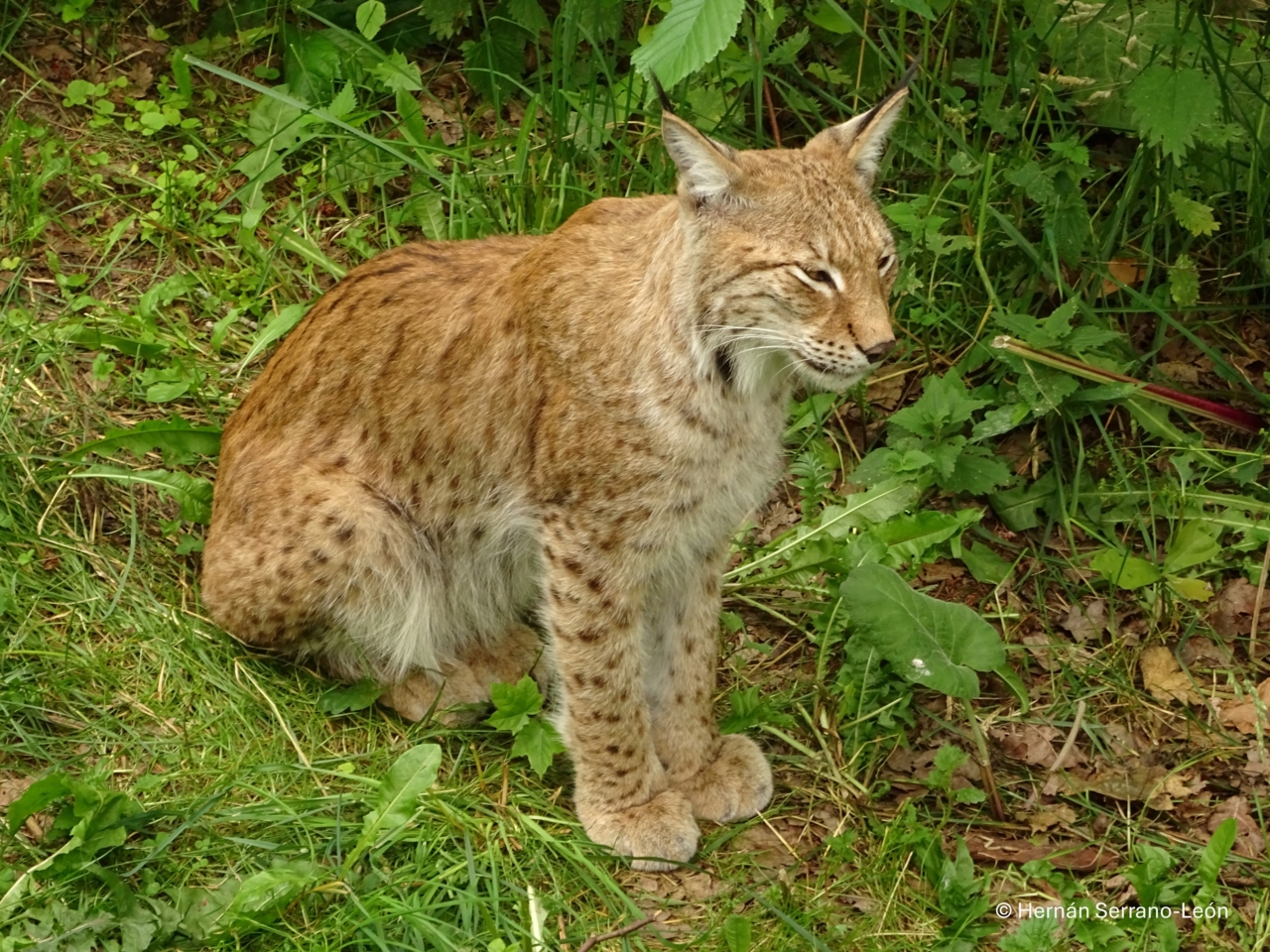
European lynx. Skansen, Sweden © Hernán Serrano-León
Restoring key species is crucial for ecosystem balance and biodiversity enhancement. Keystone species significantly influence ecological dynamics, affecting many other species, while umbrella species offer conservation benefits to others due to their habitat needs. In Europe, bison, brown bears, beavers, and wolves exemplify these roles. Bison shape landscapes through grazing, bears contribute to seed dispersal and prey regulation, beavers create wetlands, and wolves control herbivore populations. Including these species in restoration efforts helps ecosystems regain natural structure and function, fostering long-term biodiversity and stability.
8.1 Bison
Reintroducing European bison (Bison bonasus) into forest ecosystems is a strategic restoration method aimed at enhancing ecological processes and biodiversity. As Europe's largest terrestrial mammal, the bison functions as a keystone species, influencing vegetation dynamics through grazing, browsing, and trampling, which in turn creates a mosaic of habitats that support diverse plant and animal communities. It can also help control shrub and tree encroachment in order to maintain open spaces and grasslands. Successful reintroduction efforts, such as those in the Southern Carpathians of Romania, have demonstrated the species' positive impact on ecosystem health and its role in promoting natural forest regeneration. However, challenges remain, including ensuring genetic diversity, managing human-wildlife conflicts, consideration for livestock, carefully choosing suitable habitats and considering its effects on the current social and ecological systems, and securing long-term population viability. Ongoing monitoring, research and careful and adaptive management are essential when considering bison reintroduction.
8.2 Brown bear
Conserving and reintroducing brown bears (Ursus arctos) into European forests is an important strategy in forest restoration and biodiversity conservation. As apex predators and keystone species, brown bears significantly influence ecosystem dynamics by regulating prey populations. Their presence contributes to maintaining the structural and functional integrity of forest habitats. There have been successful reintroduction efforts in Europe, also emphasizing stakeholder engagement and monitoring to ensure the long-term success of the reintroduction. However, these reintroduction programs must address challenges such as human-wildlife conflicts, habitat connectivity, and public perception to ensure the sustainable coexistence of brown bears and human communities. Comprehensive management plans that include community involvement, continuous monitoring, and adaptive strategies are essential to the success of brown bear reintroduction in forest restoration efforts.
8.3 Beaver
Reintroducing beavers (Castor fiber) into European landscapes is a transformative forest restoration strategy that enhances biodiversity and ecosystem functionality. As ecosystem engineers, beavers construct dams and create wetlands, which improve water retention, reduce downstream flooding, create heterogeneity, and support diverse plant and animal communities. Their activities contribute to natural water management and habitat diversification. However, there are challenges such as human-beaver conflicts related to flooding and agricultural impacts. Projects have to promote coexistence strategies and address with all stakeholders the social problems that can arise. Overall, beaver reintroduction plays a vital role in restoring natural processes and enhancing the resilience of European forest ecosystems.
8.4 Wolf
Reintroducing and conserving wolves (Canis lupus) in European forests is a significant forest restoration strategy that reinstates ecosystem health and biodiversity. As apex predators, wolves regulate herbivore populations, preventing overgrazing and allowing vegetation to regenerate. This trophic cascade effect promotes a balanced ecosystem, fostering diverse plant and animal communities. Their presence contributes to restoring natural processes that maintain prey species at healthy numbers, supporting forest regeneration. However, the resurgence of wolf populations has sparked debates and challenges, particularly concerning human-wildlife coexistence and livestock predation. Addressing these challenges requires comprehensive management strategies, including public education and the implementation of preventive measures to ensure the successful integration of wolves.


